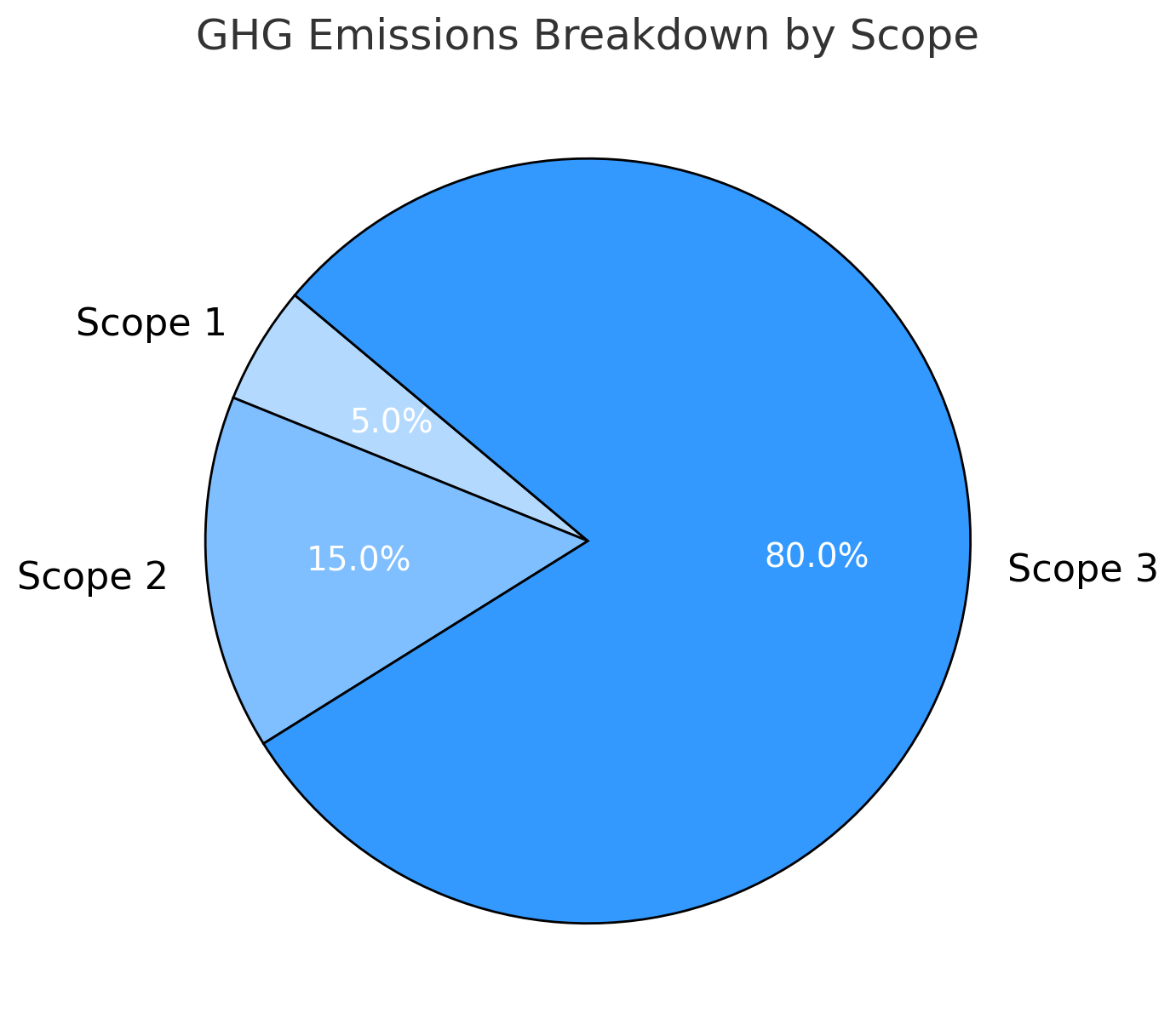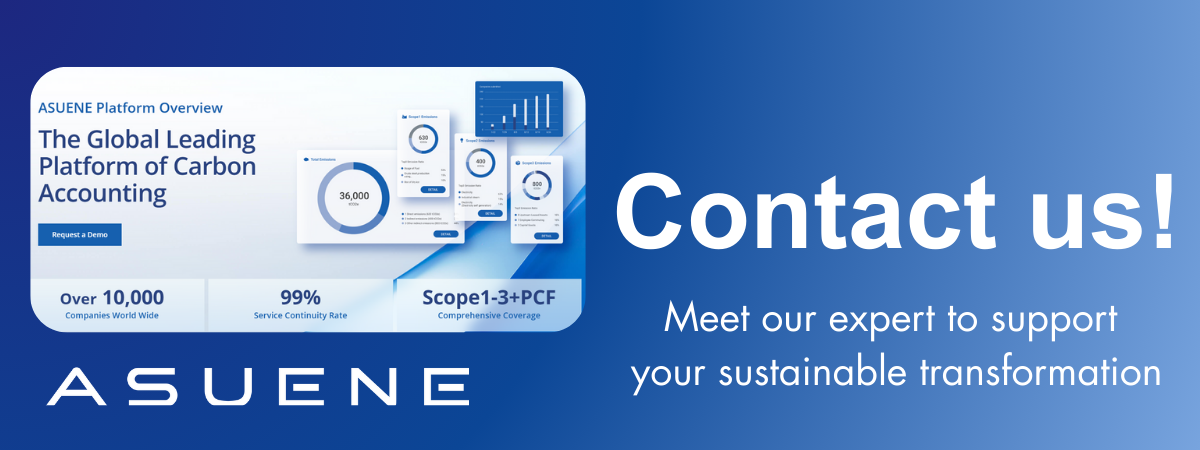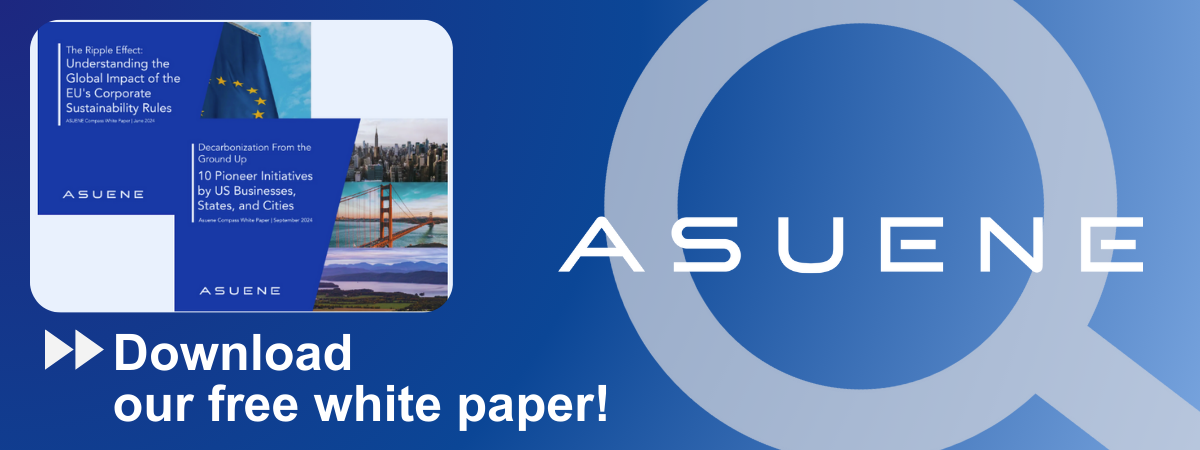- Article Summary
-
Net-Zero and the Rise of SBTi 2.0
The Science Based Targets initiative (SBTi) has fundamentally reshaped how companies approach climate action. With the introduction of SBTi 2.0, the initiative presents a more stringent framework that guides companies to align with a 1.5°C future and a long-term net-zero pathway.
Under SBTi 2.0, companies must commit to:
- A 1.5°C-aligned emissions trajectory
- Near-term targets that address urgent decarbonization within 5 to 10 years
- Long-term net-zero targets that emphasize substantial emissions reductions by 2050
The scope of these requirements covers all three emission categories:
| Scope | Description |
|---|---|
| Scope 1 | Direct emissions from company-owned or controlled resources |
| Scope 2 | Indirect emissions from the generation of purchased energy |
| Scope 3 | All other indirect emissions, notably from upstream and downstream activities like purchased goods, logistics, product usage, and waste |
Scope 3 is especially crucial, as it generally constitutes over 70% of a company’s total carbon footprint. Ignoring it would render any climate strategy incomplete and ineffective.
Why Scope 3 Emissions Matter More Than Ever
Scope 3 emissions, despite being outside direct operational control, have emerged as the linchpin of a credible and complete net-zero commitment. Their sheer scale and complexity make them both a challenge and an opportunity.
Key Challenges:
- Most Scope 3 emissions come from suppliers, customers, or external logistics networks, making data access difficult
- Emissions data quality varies widely across regions and tiers of suppliers
- Emissions calculations often depend on broad industry averages or outdated data
Why Scope 3 is Central to Climate Strategy:

- It commonly represents 70–90% of total corporate emissions
- Investors, regulators, and consumers increasingly demand full-scope disclosures
- Emerging carbon pricing and regulatory mechanisms will soon include upstream and downstream activities
To fulfill SBTi 2.0 requirements, companies must adopt detailed Scope 3 accounting methods and collaborate actively across their value chains. Transparent data collection and supplier education are vital to ensure accuracy and progress tracking.
Decarbonizing the Supply Chain: Practical Strategies
Reducing Scope 3 emissions necessitates a fundamental rethinking of procurement, supply chain design, and partner engagement. Companies can no longer act alone—collaboration with suppliers and even competitors becomes essential.
Supplier Engagement Tactics:
- Create supplier programs that include science-based target setting guidance
- Provide toolkits and dashboards for emissions monitoring
- Host webinars or workshops to build supplier capabilities
Digital Tools and Technologies:
- Deploy cloud-based carbon accounting platforms that enable real-time tracking
- Use Life Cycle Assessment (LCA) software to evaluate material and process impacts
- Incorporate blockchain for transparent, tamper-proof data verification
Sustainable Procurement Practices:
- Revise procurement policies to prioritize low-carbon alternatives
- Embed emissions performance criteria into contracts and RFPs
- Consider nearshoring or supplier consolidation to reduce transport emissions
Case Examples:
- IKEA has pioneered sustainable forestry and circular furniture programs
- H&M Group has introduced materials innovation and supplier education hubs to accelerate Scope 3 reductions

From Ambition to Action: SBTi Pathways
Turning intent into action starts with committing to a science-based target under the SBTi framework. The process includes several key steps that ensure both rigor and transparency:
- Public commitment to set near-term and net-zero targets
- Submission of current emissions data and target proposal
- Independent review and validation by the SBTi team
- Public disclosure of approved targets and progress metrics
Core Requirements for Net-Zero Targets:
- At least 90% of emissions must be abated across Scope 1, 2, and 3 before offsetting
- Any remaining emissions (typically <10%) must be neutralized using certified carbon removals
- Scope 3 categories that represent >67% of total emissions must be covered
Pioneering Companies Leading by Example:
- Apple has committed to full supply chain neutrality by 2030
- Unilever has embedded SBTs into procurement and logistics strategies
- Nestlé focuses on regenerative agriculture and supplier partnerships
These leaders illustrate that the road to net-zero is actionable and measurable when supported by science-based frameworks.
Competitive Value through Scope 3
Companies that embrace comprehensive Scope 3 management stand to gain significant competitive advantages in the era of decarbonization. Beyond compliance, it becomes a lever for value creation.
Strategic Benefits of Addressing Scope 3:
- Improved ESG ratings and access to sustainable financing
- Future-proofing operations against climate regulation risks
- Enhanced stakeholder trust and customer loyalty
Operational and Financial Upsides:
- Cost savings through energy and materials efficiency
- Better supply chain visibility and risk mitigation
- Early mover advantage in low-carbon product innovation
“Controlling what happens outside your walls is as critical as what happens inside.”
Scope 3 management is not just a reporting necessity—it’s an indicator of mature sustainability governance and long-term strategic thinking.
Next Steps for Companies
To begin or accelerate Scope 3 decarbonization in line with SBTi 2.0, companies should:
- Conduct a comprehensive Scope 3 emissions inventory by category
- Prioritize reduction initiatives in high-emission categories like purchased goods and transport
- Collaborate with top suppliers on setting aligned targets
- Invest in digital tools for data collection and verification
- Publicly disclose progress to build transparency and trust
The pathway to net-zero is clearer than ever. The companies that act decisively today will be tomorrow’s sustainability leaders.
Why Work with ASUENE Inc.?

ASUENE USA Inc., a subsidiary of Asuene Inc., is a key player in carbon accounting, offering a comprehensive platform that measures, reduces, and reports emissions, including Scope 1-3, with expertise in decarbonization. Asuene serves over 10,000 clients worldwide, providing an all-in-one solution that integrates GHG accounting, ESG supply chain management, a Carbon Credit exchange platform, and third-party verification. Notably, Asuene boasts over 400 successful CDP support cases, consistently maintaining or improving client scores by over 90% through its expert consulting and software solutions.
ASUENE supports companies in achieving net-zero goals through advanced technology, consulting services, and an extensive network.

